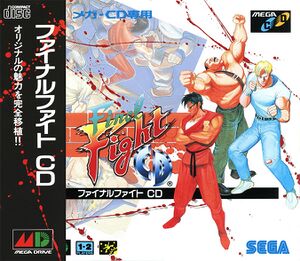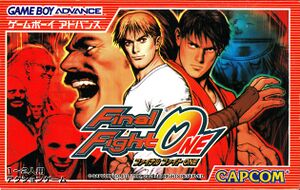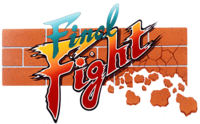Commodore Amiga[edit]
The Amiga version features the arcade original sprites, but the color palette diversity has taken a hit. It is slightly more difficult, and some enemies have been rearranged. It also has long load times and inferior music.
Amstrad CPC[edit]
This version has poor graphics but retains the two player mode and all levels from the arcade original.
Atari ST[edit]
Very similar to the Amiga version, although the visible area is smaller and there is more slowdown.
Commodore 64[edit]
This version retains the two player mode and all levels, but has taken a serious hit in the graphics department and, like the other older home computer version, has slowdown.
Sharp X68000[edit]
Released only in Japan, the Sharp X68000 version has the most faithful graphics, and has few differences from the arcade original.
ZX Spectrum[edit]
While the Spectrum could only display two colors at a time (one of which was almost always black) it features large and detailed graphics, considering this limitation.
Super NES[edit]
Published by Capcom in 1991. This version was criticized for the removal of two player co-op, the Industrial Area level (and by extension, its boss Rolento), and Guy as a playable character. In the North American and European versions, the transvestite enemies, Roxy and Poison, have been replaced by two mundane punks named Billy and Sid.
-
Japanese box
-
US box
Super Nintendo (Guy)[edit]

Released as a Blockbuster rental title in 1994, Final Fight Guy addressed one major criticism of the original Super Nintendo version, that Guy was not playable. In this version Guy was reinserted, but to do this they removed Cody from the game, and it still did not have two player support. This version did little good, because it was released hot on the heels of more advanced beat 'em ups like Final Fight 2 and Streets of Rage 2.
Sega CD[edit]

The graphics palette has taken a significant hit, but it retains all the levels and cutscenes of the arcade original as well as supporting two players.
Game Boy Advance[edit]

Final Fight One is based on the Super Nintendo version with many of the arcade's features reinserted (such as cutscenes, the missing levels, and two player support). It also features 2 unlockable characters (Alpha Guy and Cody (Zero in Japanese version)), and changing color of the attires of the characters.


